With the advantages of intelligence+electrification+user thinking, what has "layman" Huawei brought to the new energy industry?
The leap from consumer electronics to intelligent new energy is not a simple reuse of chip algorithms, but a change in industrial models and consumption habits. In September, the retail penetration rate of new energy vehicles officially exceeded 30%. In other words, smart new energy has become a "conventional option" for consumers to buy cars, and the market has gradually returned to the most rational competitive level. After the blowout of the market, brand competition is more like a head player’s competition. Only by truly relying on brand influence and sense of value to seize users’ minds can we have a chance. Recently, Yu Chengdong, CEO of BG, Huawei’s terminal, and CEO of BU, a smart car solution, deeply analyzed Huawei’s empowerment of AITO brand in an exclusive interview with the media. In the new energy SHIC, AITO seems to have run out of a completely different way to break through.
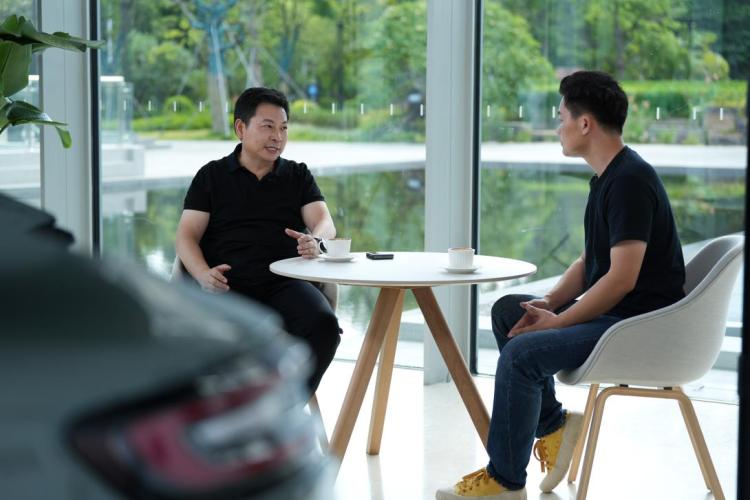
The choice of new car brands is a science.
After a hundred years of development, the automobile has always followed the model of OEM+supplier. The OEM is responsible for the R&D and manufacturing of the car body, the whole power system, electrified equipment, etc., while the parts and configurations such as brake system and tires are finally manufactured by outsourcing the parts of suppliers.
But in the new energy era, the industrial model was broken. From internal combustion engine to motor, it is not only the change of energy form, but more importantly, the production of the whole vehicle can be in the form of "assembly". Anyone who has played four-wheel drive knows that in order to be faster than others on that small track, we need to constantly develop which brand of motor, which brand of shell and even which brand of transmission shaft to use.
Therefore, for new car brands, what needs to be tightly held in their own hands and how to choose the focus of research and development has become a profound proposition.

In an interview, Mr. Yu bluntly said: "In the whole new energy track, Huawei can’t do everything. Our batteries are not done. We have some areas with division of labor. However, what we are doing in the field that Huawei is good at is electrification and intelligence, especially intelligence is a unique value brought by Huawei. "
There is a specialization in the technical field, so it’s appropriate to put it here. In the AITO brand jointly built by Huawei and Cyrus, we can see that Huawei firmly grasps its own intelligent core such as chips, software and algorithms, including system cloud services and AI cluster training. It is not a supplier, but participates in the research and development of the car, and implants its own mature intelligent technology from the first step of building the car, which is a precedent in the industry.
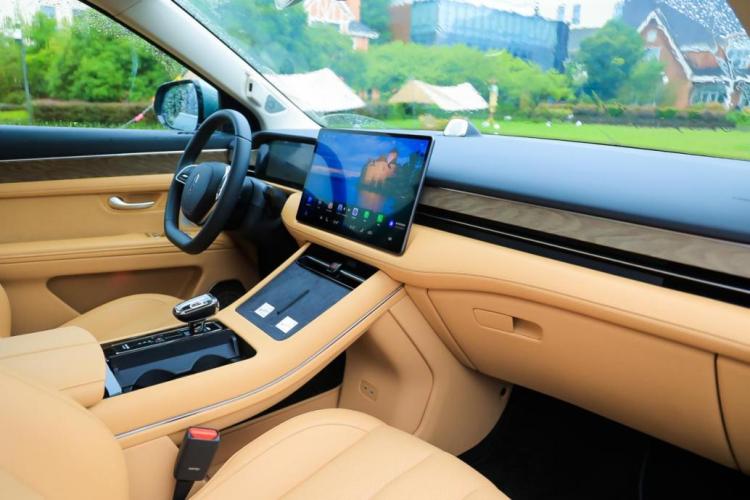
To improve Huawei’s intelligence, the HarmonyOS ecology is absolutely unavoidable. Two characteristics: deep learning algorithm and seamless interconnection of multiple devices. Let’s talk about the first point. Taking air conditioners as an example, Huawei pursues intelligence, which is not only that users control air conditioners to a specific temperature by voice, but that equipment automatically adjusts temperature according to various conditions such as room temperature and state. The second point is that there is a very stable connection and data transmission mode between devices within the ecosystem, and developers only need to develop the APP once to deploy it at multiple ends.
It is with these two capabilities that the AITO brand’s models have become the first models in the industry to realize the intelligent interconnection of the whole scene, completing the last link of mobile travel. A simple example, when the user starts to navigate on the mobile phone and logs in the same HarmonyOS account in the car, the navigation can be seamlessly transferred to the car, and when getting off the bus, it can be automatically transferred back to the mobile phone and switched to walking navigation. On the M7, the function of super desktop is further realized. The application operation of mobile phone and smart screen can be directly switched to the car machine and the hardware in the car can be called, which is a unique car intelligent experience in the industry.
Behind this, Huawei’s deep accumulation in the ICT field is the key. All the hardware, software and algorithms are self-developed. As a result, there are almost no barriers when matching the software and hardware of multiple devices, and the cost is lower and the experience is better. It even gives people a sense of ruin in the automotive field.

Another core technical advantage of Huawei is electrification. The M7 in the world adopts HUAWEI DriveOne pure electric drive extended range platform and adopts H15RT 1.5T four-cylinder turbocharged engine, with thermal efficiency as high as 41% and oil-electricity conversion efficiency of 3.13kWh/L.. The 40kWh power battery pack carried on the vehicle comes from Contemporary Amperex Technology Co., Limited, and the pure battery life of the CLTC of the whole vehicle can reach more than 200km, the battery life of the CLTC with full oil and full electricity can reach 1220km, and the fuel consumption per 100km is as low as 5.8L. Behind this series of data, it is enough to prove that Huawei’s empowerment of AITO brand not only brings leading smart devices, but also does quite well in the core power system.
Digging deep down, the AITO brand is more like returning to the car-making mode of the big manufacturers in the traditional fuel vehicle era, and Huawei has played a central role from the inside out.
User thinking is the key to building intelligent new energy.
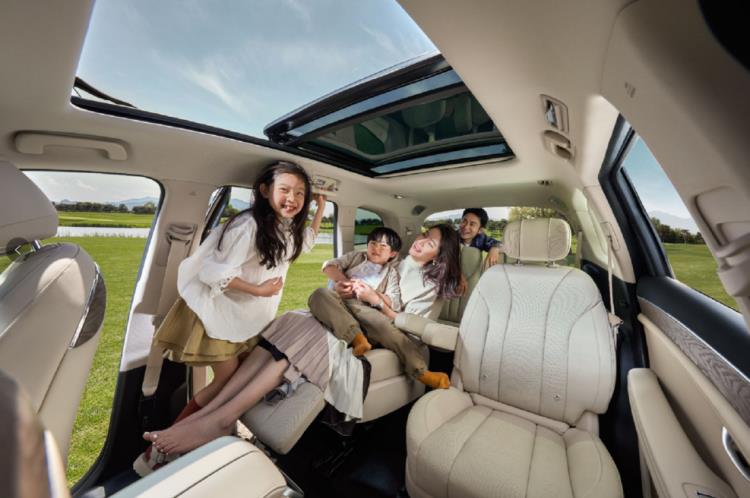
In the interview video, Mr. Yu said: "We are consumer electronics, and we pay far more attention to the user experience than the traditional car factory." We can easily see Huawei’s ingenuity in asking M7. The first is space. The M7 not only uses the McPherson front suspension which takes up less space, but also builds a 6-in-1 range extender powertrain, thus achieving greater utilization of the passenger compartment space. In the wheelbase of 2820mm, the passenger compartment space is 2605mm, in which the longitudinal space of the third row reaches 808mm, and the maximum angle of the seat back can be adjusted to 33. Question M7 clearly defines the "big" of the Big Six.
For users, "big" is not enough, but also comfortable. The second row of M7 brought the first zero-gravity seat in the industry. The so-called zero gravity means that the average pressure of the backrest, seat cushion and legs is basically close to zero, which can make the body relax to the extreme. Moreover, in order not to affect the co-pilot’s ride, the M7 can also move the seat to the center line of the vehicle through the transverse slide rail to obtain more space. Of course, M7 naturally has not forgotten that a series of complicated adjustments can be made by the user just by pressing a button.
Therefore, in the video, Mr. Yu was quite proud to mention the zero-gravity seat: "The concept of zero-gravity seat has been put forward for many years, and no one has commercialized it yet. AITO asked M7 to be the first to commercialize the zero-gravity seat on a large scale."
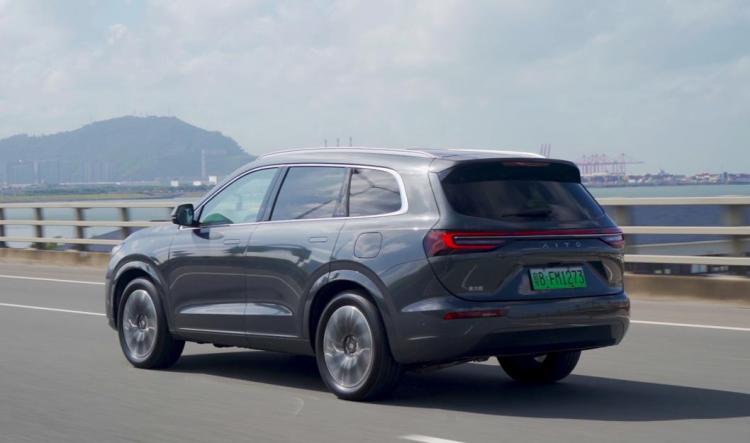
Going back to the above dynamic parameters is also a major consideration for Huawei to empower the user experience of smart pure electric vehicles. Extended-range hybrid brings better acceleration performance, lower fuel consumption and better ride comfort than fuel vehicles, and can achieve twice the acceleration performance and only half the fuel consumption, even compared with plug-in, it has advantages in ride comfort and extreme speed performance by virtue of using electricity in all working conditions.
Directly from Mr. Yu’s thinking about users’ actual working conditions, we can also have a peek. At this stage, if pure electric vehicles are charged, the first thing is to queue up, and the second charging may take half an hour or an hour. You can use both electricity and oil, which can greatly increase convenience. The fuel tank is equivalent to 200 kWh, plus the original 40 kWh in the car, which is equivalent to the cruising range of 240 kWh.
With the ability to create a complete solution, Huawei embodies the user’s thinking in the manufacturing of intelligent new energy, with many points and a wide range.
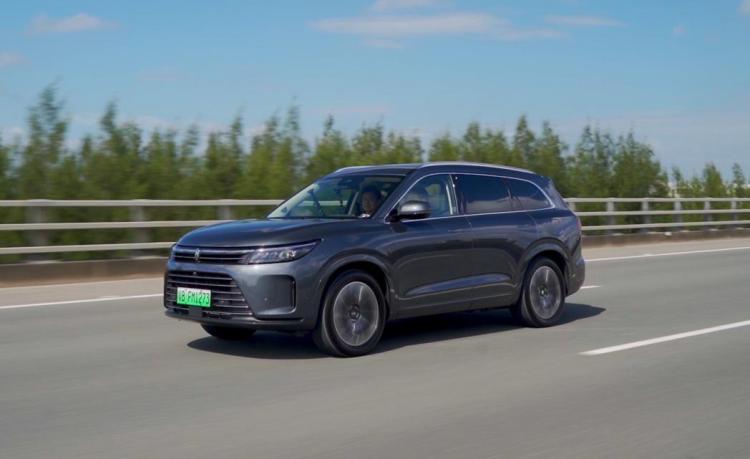
Summary:
With the development of intelligent new energy today, users have changed from passive purchase to active purchase. They will not only compare the appearance, interior and power like a fuel car, but more importantly, they will start to think about what kind of new era intelligent experience this car can bring me. Is it advanced enough? In other words, just need to satisfy and intelligent curiosity are indispensable.
Huawei came to the field of intelligent new energy across the border, and in a short period of time, it directly upgraded the electrification and intelligence of the industry to a considerable level. Moreover, Huawei has been telling users that the original car machine can still play like this, and the original performance and efficiency are not two contradictions. The original big car can also be driven easily. If intelligence is its dominant field, tackling key problems in automobile is more like a concentrated display of enterprise’s fighting spirit.
As Mr. Yu said in the video: "Our vision is to make life simpler, more convenient, more comfortable, more elegant and better through our creation and innovative technology." In this regard, Huawei’s deep empowerment of the AITO brand has taken a solid step. No retreat is the real road to victory. In the rapidly changing intelligent new energy competition, only by digging a deep enough technical moat can we have a place for the head player.